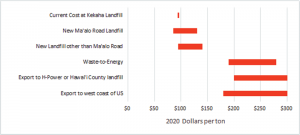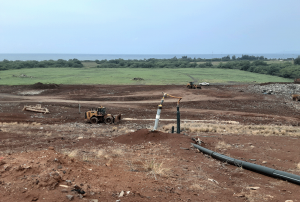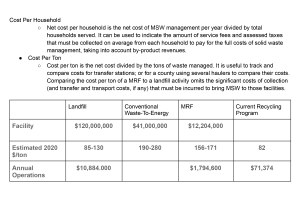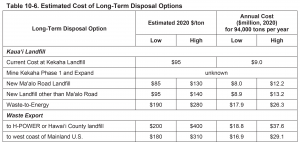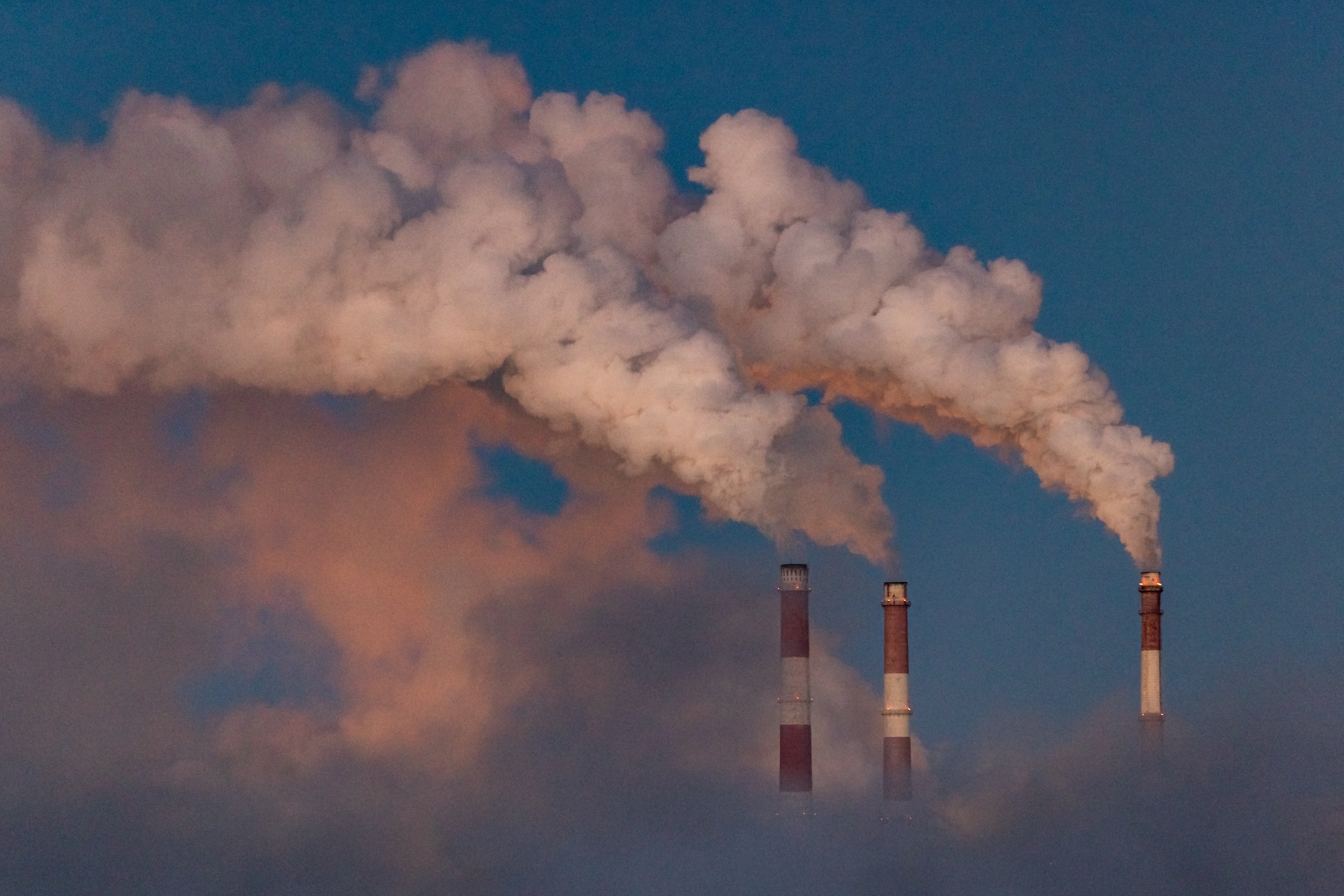Incineration aka Waste-to-Energy
Coalition for Climate Common Sense
Position Statement: The Coalition for Climate Common Sense stands firmly against Waste-to-Energy (WTE) plants and programs, and asks the County of Kauai to eliminate the…
Petition against the incineration of trash
EPA Spurns Trump-Era Effort to Drop Clean-Air Protections For Plastic Waste Recycling
Affirming long-standing incineration regulations, the Biden administration has withdrawn a plan to help ease the way for unchecked pyrolysis and gasification of plastic. Reversing its…
